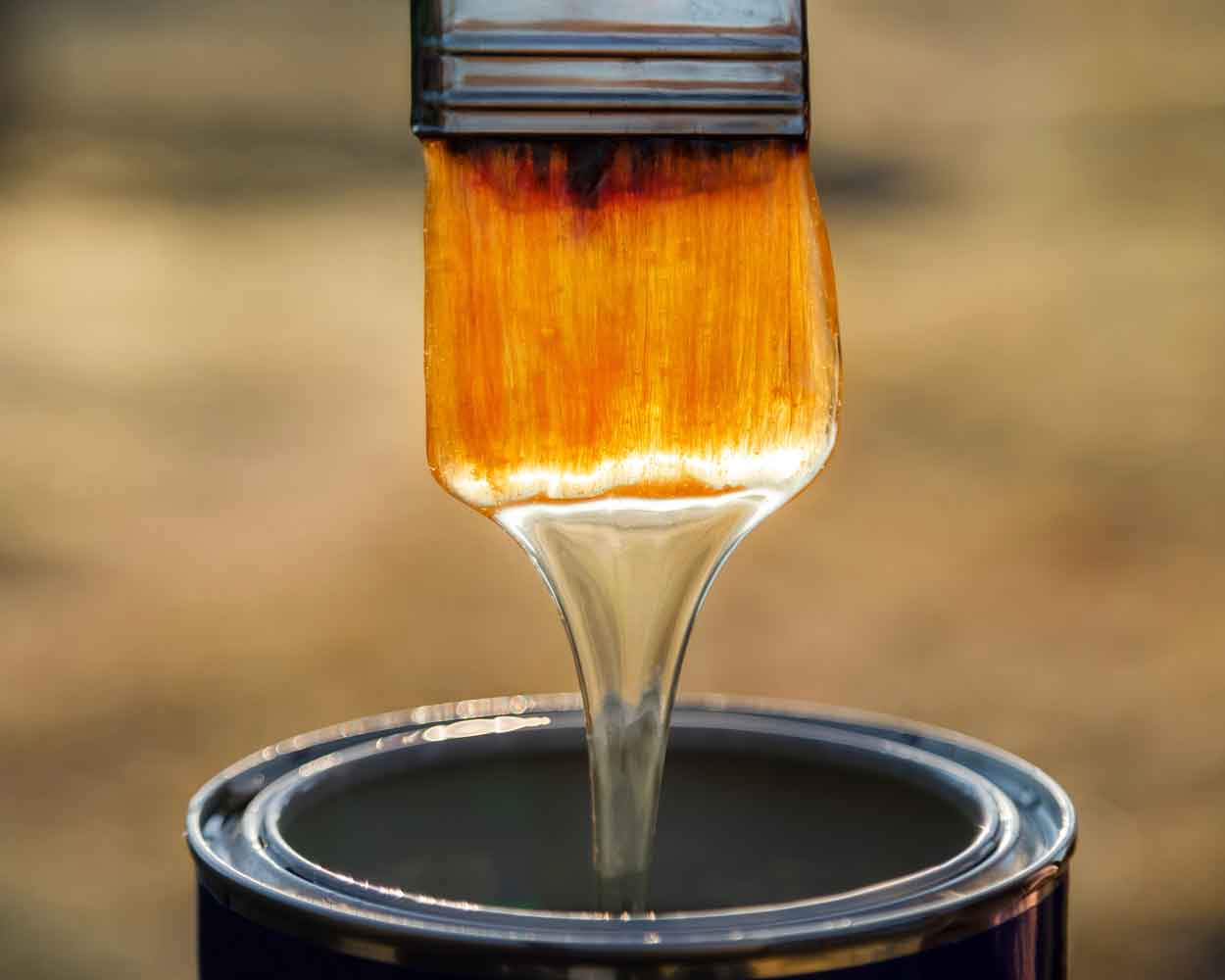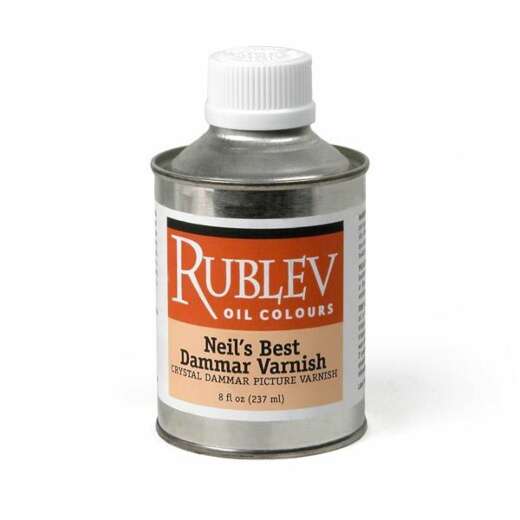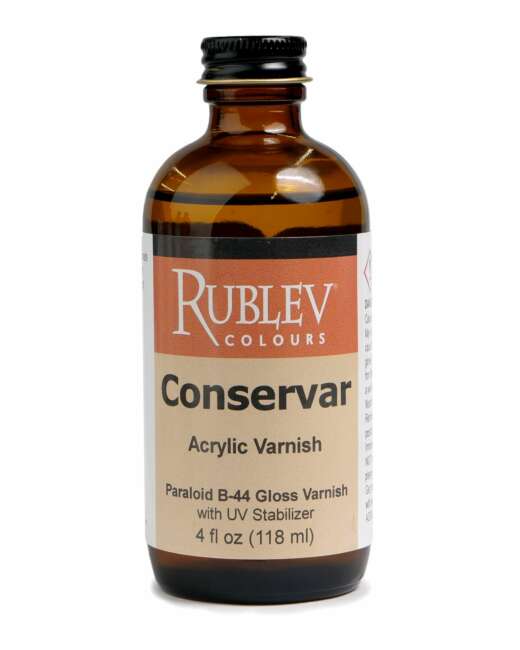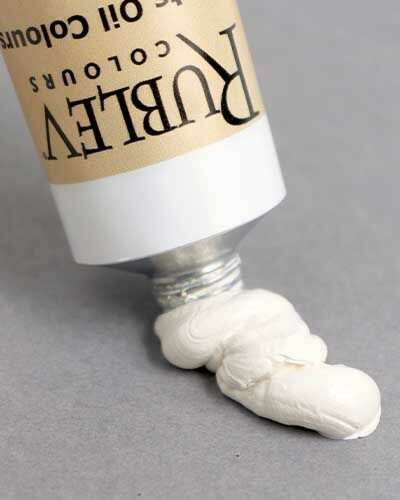
The age-old advice to wait at least six months before varnishing oil paintings is a good practice but one that many artists resist. And it is understandable why because when a painting is completed, it often needs to be delivered immediately for exhibit or into the customer’s hands.
The Big Sleep Before Varnishing
So, artists often tout the recommendation to wait until the painting is “touch dry.” For some, this may be a sufficient amount of time. This recommendation, however, assumes that all paintings are created under the same conditions. Of course, we know this is never the case since one painter paints on absorbent substrates, another on non-absorbent surfaces, another will use lead white, others will use slower-drying titanium white, many artists paint with impastos, and others with thin applications of paint.
A few manufacturers claim that their varnish can be applied much earlier, such as when the painting is “touch dry,” so many artists grab this idea and run with it thinking the moment the paint surface feels dry, they have a green light to varnish. However, even these manufacturers are a little more cautious by recommending testing the surface of the painting for sufficiently dry, such as with a “fingernail test.”
Somehow many artists believe there is something special inherent in these varnishes. One blogger writes [1]:
Gamvar allows the painting to continue to breathe so the paint underneath can still continue to dry. It doesn’t stop the drying process.
All varnishes are permeable, so oxygen will diffuse into and through them, allowing the polymerization of oil paint underneath. All varnishes slow oxygen ingress into the paint film, delaying drying.
Waiting at least six months is still the best practice for many painters. Instead, an artist may use (with due caution) the test described below as a method to determine when the painting is ready to be varnished if she cannot wait the prescribed six months.
The “fingernail test” may be what some manufacturers had in mind for the test method for “Dry Hard Time” described in ASTM D1640 [2]:
With the end of the thumb resting on the test film and the forefinger supporting the test panel, exert a maximum downward pressure (without twisting) of the thumb on the film. Lightly polish the contacted area with a soft cloth. The film is considered dry-hard when the polishing operation removes any mark left by the thumb. Remove any coating from the thumb immediately. The use of a glove, finger cots, or the presence of freshly applied cosmetic products/hand creams may interfere with the test results.
Variations of this test may be used but will also give different results. A problem with using a hard and sharp object such as a fingernail (in contrast to a flat thumb) is that it can give false results depending on the pressure exerted on the paint film.
Whereas the test described above may work in your case, always remember that some interpretation of the results is involved, often leading to different conclusions. The safest and best practice is to wait the prescribed amount of time—at least six months. But if you cannot do so, use the test method ASTM D1640, and good luck.
Further Reading
For more information on varnishing, please consult this article: Selecting the Right Varnish for Your Painting
References
-
Debra (2017) How To Varnish A Painting: The Easy Way. Red Palette Studio. August 17, 2017. View Online. Last accessed 15 March 2020.
-
ASTM (2018) D1640 Standard Test Methods for Drying, Curing, or Film Formation of Organic Coatings. American Society of Testing and Materials.
Frequently Asked Questions
What happens if you varnish an oil painting too early?
Varnishing an oil painting too early can lead to issues like discoloration, cracking, or an uneven gloss. It's important to ensure the paint is thoroughly dry to prevent these problems.
How long after oiling out can I varnish?
After oiling out, wait until the surface is thoroughly dry before varnishing, which usually takes several days to a week or more. However, please read the next answer regarding oiling out as a final layer in your oil painting.
Should I oil out my entire painting before varnishing?
It's not recommended to oil out the entire painting before varnishing. This may be contrary to popular opinion, but adding a layer of oil over an entire painting may lead to yellowing and darkening as the painting ages. As some may claim, oiling out does not necessarily ensure an even sheen and proper adhesion of the varnish. Cleaning the painting before varnishing is usually sufficient to ensure good adhesion of the varnish to the paint surface.
What happens if you don't varnish an oil painting?
Not varnishing an oil painting may leave it vulnerable to dust, dirt, and environmental factors, potentially affecting its longevity and appearance.
Should I varnish my oil painting matte or gloss?
The choice between matte or gloss varnish depends on the desired visual effect and the specifics of the artwork.
Can I varnish oil painting after a month?
Varnishing an oil painting after a month is possible if the paint is hard dry, but thicker layers may require more time to cure.
What is the best varnish for oil paint?
The best varnish for oil paint depends on factors like desired finish, painting style, and environmental conditions. Please read our article: Selecting the Right Varnish for Your Painting
Can I varnish my painting after a week?
Varnishing a painting after only a week is typically too soon, especially for oil paintings, which require longer drying times.
How many coats of varnish do I need for an oil painting?
The number of varnish coats required for an oil painting can vary depending on the varnish type and the desired level of protection and sheen. Generally, one to two coats are sufficient. It's crucial to allow the first coat to dry completely before applying the second to avoid any potential cloudiness or uneven texture.
What is the best varnish for oil paintings?
The best varnish for oil paintings depends on your specific needs, including the desired finish (matte, satin, or glossy) and the painting's environmental exposure. Dammar varnish is traditional and offers a glossy finish, while synthetic varnishes like acrylic resin provide a more durable and less yellowing option. Always choose a varnish that is removable to facilitate future conservation efforts.
What kind of varnish do you use on oil paintings?
For oil paintings, you can use natural resin varnishes, such as dammar, or synthetic varnishes, such as acrylic resin. Your choice should depend on your desired finish and the painting's conditions. Removable varnishes are recommended for ease of cleaning and conservation.
Can I varnish over oil painting?
Yes, you can varnish over an oil painting to protect it from dust, UV rays, and environmental damage. Ensure the painting is completely dry, which typically means waiting six months for thin layers and up to a year for thicker applications. Always perform a patch test or consult a conservator if unsure.












